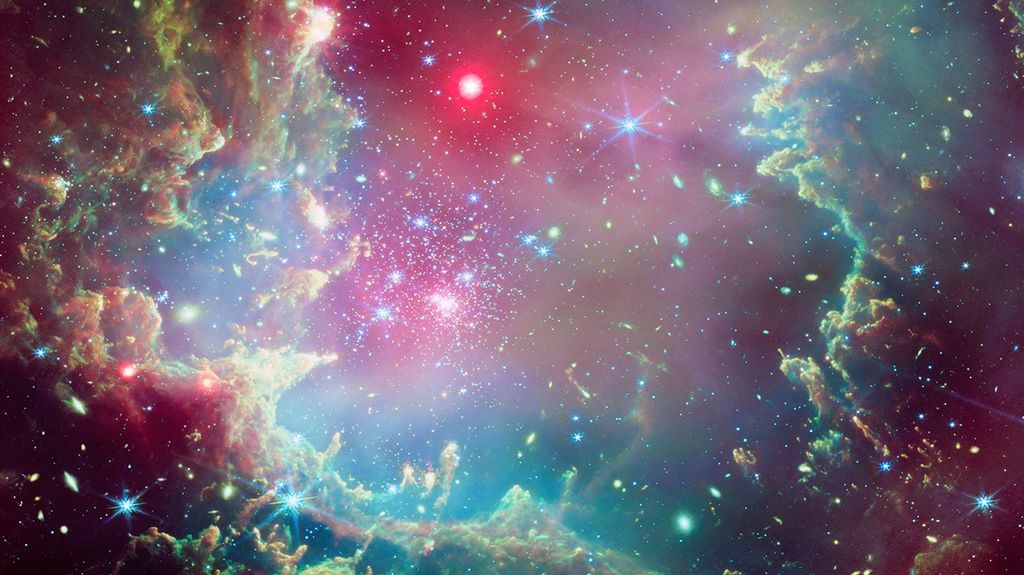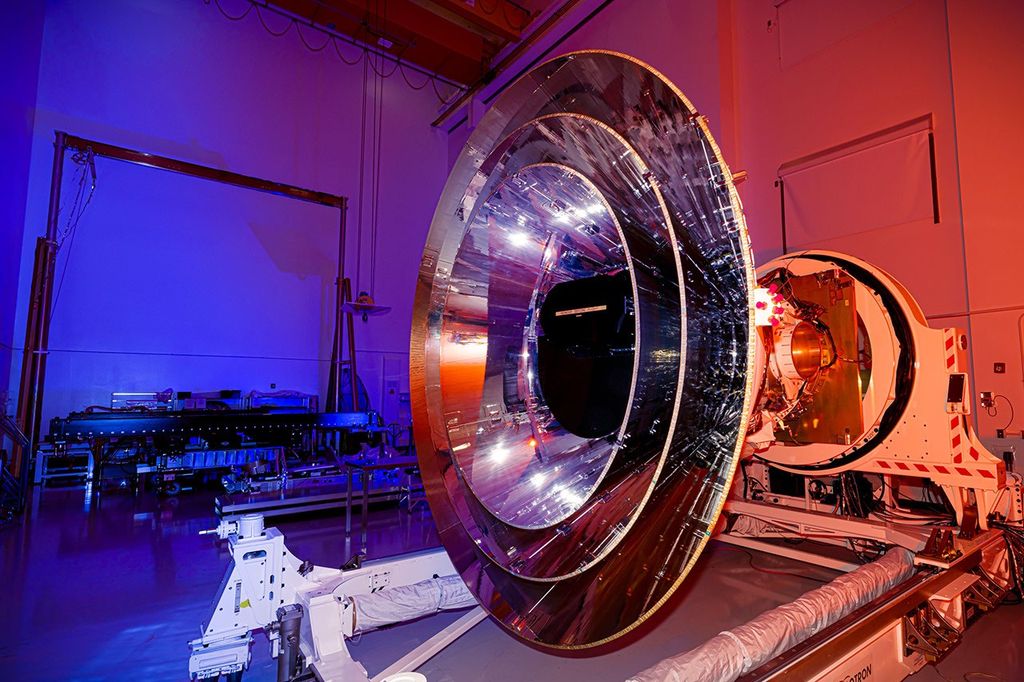
Audience
Educators, Students
Grade Levels
Grades 5-8, Grades 9-12
Subject
Earth Science, Technology, Remote Sensing
Type
Lesson Plans / Activities, Videos
Learn how the science of remote sensing helps to increase our understanding of atmospheric and oceanic processes on Earth. In this STEMonstration, NASA astronaut Michael Barratt explores two remote sensors installed on the space station: the Earth Surface Mineral Dust Source Investigation (EMIT) and Global Ecosystems Dynamics Investigation (GEDI). Discover how astronauts and scientific tools on the International Space Station capture critical data and imagery for a variety of Earth science applications. Students can build and experiment with their own sensors using the corresponding classroom connection.
STEMonstrations are short, 3–5-minute educational videos filmed by crew aboard the International Space Station. They use the unique microgravity environment on station to demonstrate popular K-12 STEM topics.
Classroom Connection: Aerosol Sensor and Mapping Local Solutions
Grade Levels: 6-12
Time Required: 80 minutes and 110 minutes
Next Generation Science Standards:
MS-ESS2-2: Analyze and interpret data from maps to describe patterns of Earth’s features.
MS-ESS2-5: Collect data to provide evidence for how the motions and complex interactions of air masses results in changes in weather conditions.



























